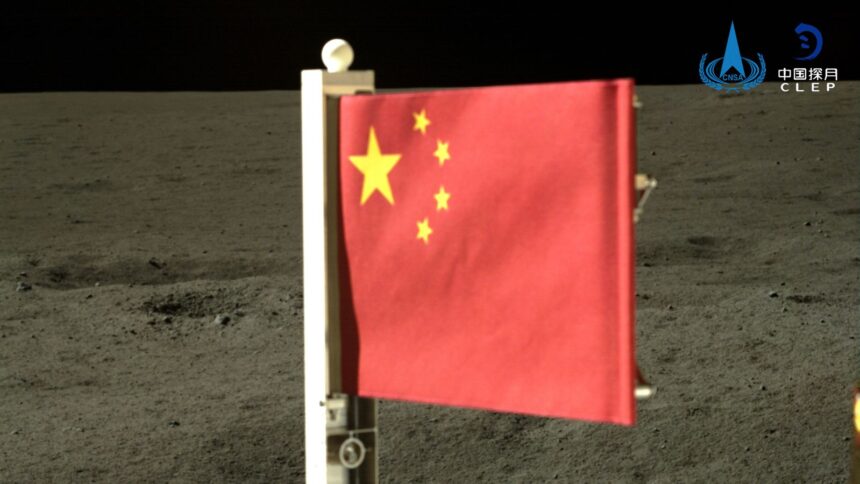About 2:00 PM Beijing time (7 AM UK time), the Chang’e probe’s re-entry capsule descended into Inner Mongolia, a region of northern China, bearing lunar dirt that had been retrieved earlier in June.
Chinese scientists expect the returning samples will provide answers to their queries regarding the geographic differences between the two sides of the moon, including 2.5 million-year-old volcanic rock and other materials.
The near side of the moon, which is constantly facing Earth, is less impact cratered and flatter. Space is always the far side’s orientation.
According to state media source CCTV, the samples will be flown to Beijing where they will be examined by both Chinese and foreign experts.
The mission’s success, according to Chinese President Xi Jinping, is a “landmark achievement” in China’s efforts to establish itself as a space and scientific powerhouse.
Due of the need for a relay satellite to keep communications open, missions to the far side of the moon are more challenging.
In order to gather samples for “one of the most fundamental scientific questions in lunar science research,” the probe departed Earth on May 3rd, according to Zongyu Yue, a geologist at the Chinese Academy of Sciences.







